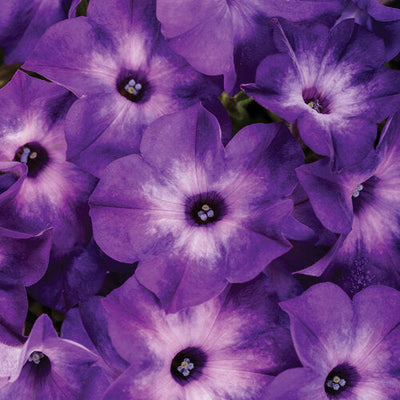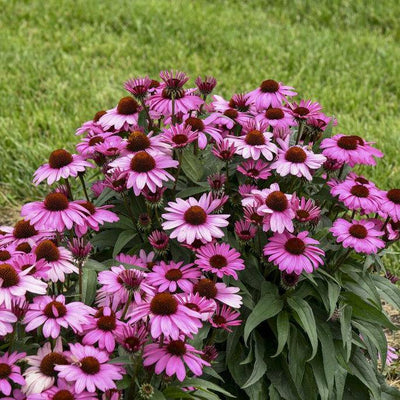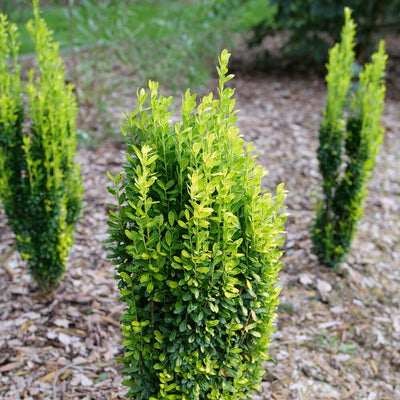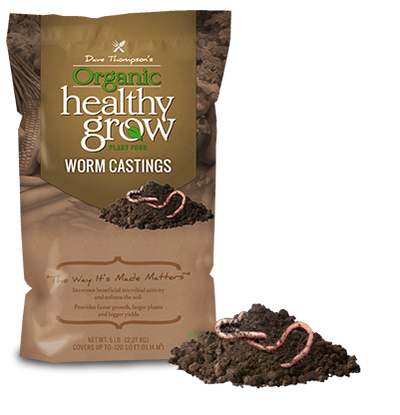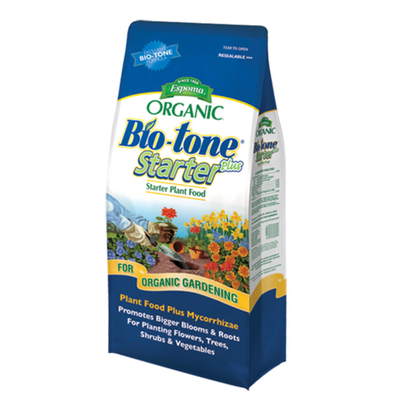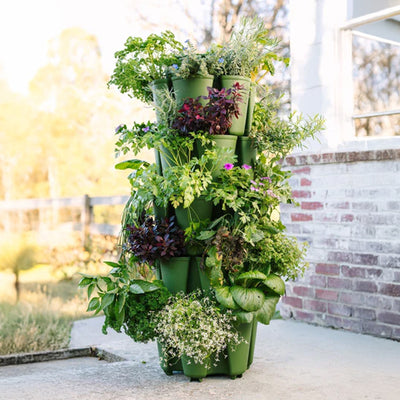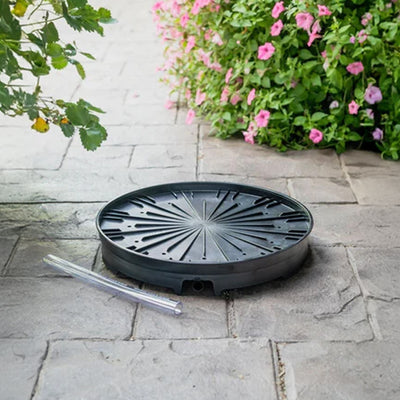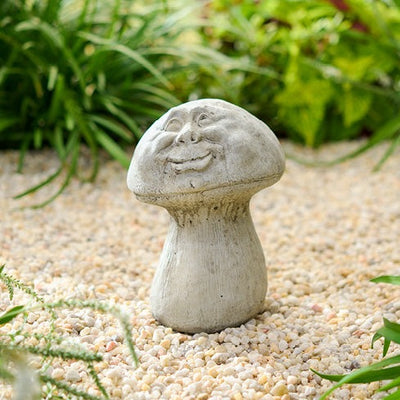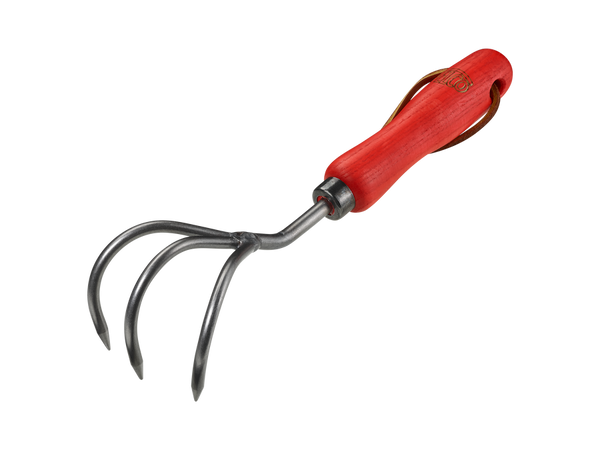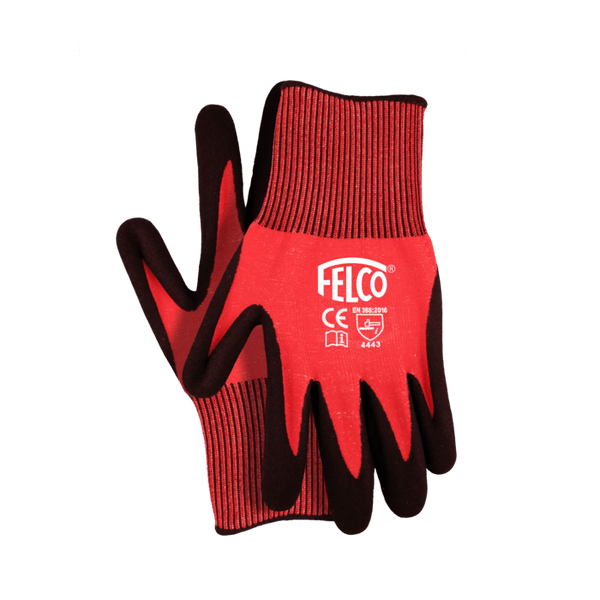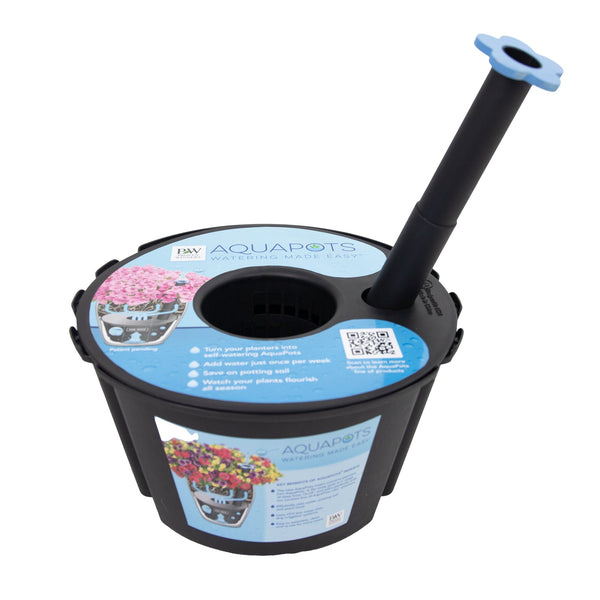Graceful Grasses® Prince Tut® | Proven Winners®
Proven Winners is constantly working to refine and improve their offerings for the North American garden and to the nursery industry in using the best in new plant and production materials.

Features
Characteristics
Plant Needs
A nicely compact form of Egyptian Papyrus, about half the height of King Tut, but with the same large poms on the ends of the stems. Fun and interesting, without being so overwhelmingly huge. With shorter stems than King Tut, Prince Tut is quite sturdy and less likely to have stems flop.
- Award Winner
- Foliage Interest
- Deadheading Not Necessary
- Water Plant
Photos courtesy of Proven Winners

Characteristics
Plant Needs
A nicely compact form of Egyptian Papyrus, about half the height of King Tut, but with the same large poms on the ends of the stems. Fun and interesting, without being so overwhelmingly huge. With shorter stems than King Tut, Prince Tut is quite sturdy and less likely to have stems flop.
- Award Winner
- Foliage Interest
- Deadheading Not Necessary
- Water Plant
Photos courtesy of Proven Winners

